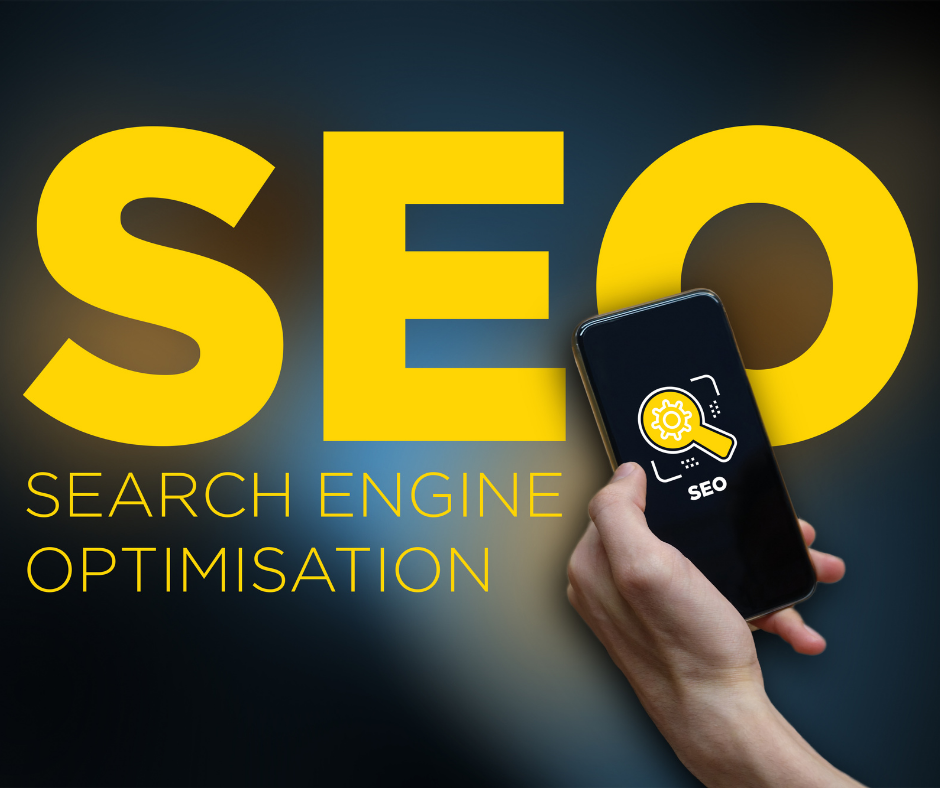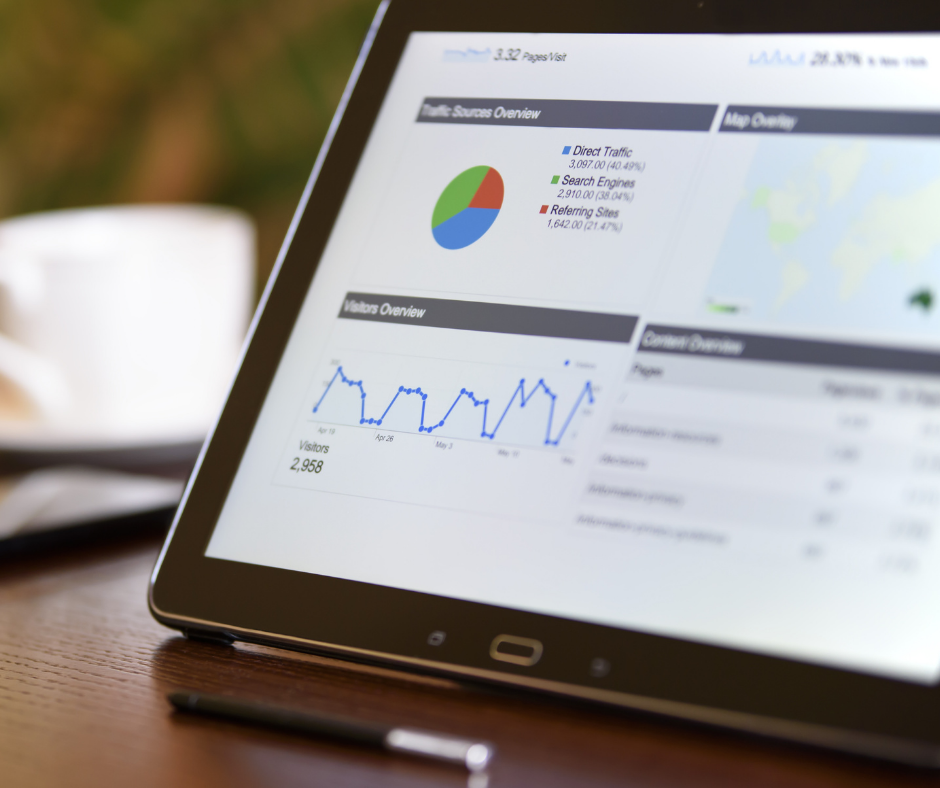As plumbers and contractors, you’re in a competitive industry where homeowners often have a plethora of local service providers to choose from. That’s why it’s essential for you to stand out, and we’re here to help.
Smart marketing strategies can make the difference between rapid growth and lackluster results when your business is in this industry. Make sure these essentials are in place to give your company the best chance of success.
Effective Website Design
A well-designed website lends legitimacy to any company. In the United States, a whopping 99% of people report searching online for local businesses.
Thirty-five percent conduct these types of searches multiple times a week, and 21% search for local businesses daily.
A website optimized for SEO helps to ensure that you can get your business in front of homeowners who are actively seeking your services.
Search Engine Optimization (SEO)
SEO is the process of incorporating appropriate keywords and content into your website to increase its search rankings on results pages. As plumbers and contractors, SEO will include words related to the specific services offered as well as the area that the company serves.
Phrases like “plumbing repairs in Nashville” or “Louisville faucet installation” are important when marketing a plumber or contractor, as these are the terms customers are most likely to use when they’re actively looking for someone to hire.

Google Business Profile
A Google Business Profile is a powerful tool that will increase SEO while giving your plumbing company even more legitimacy. You should always create or claim your Google Business Profile. After establishing ownership, you can update details such as services offered, service area, location, and hours. The business profile also provides a place for customer reviews so you can begin collecting testimonials.
Social Media Presence
A social media presence can provide access to billions of active daily users. Social sites offer the perfect platform for communicating with your customers. This is the ideal spot for sharing promotions, hosting contests, and answering questions. Companies that support community events or fundraisers can use social media to increase awareness of these activities as well. Social sites require ongoing attention to perform effectively, so you must make sure that someone is posting and responding to comments daily.
Paid Advertising
Paid advertising gives a little boost to the organic marketing efforts that form the core of your promotional efforts. This form of advertising is one of the most popular models for plumbers and contractors. By carefully conducting A/B tests and analyzing results, you can identify the tactics that yield the greatest ROI. It’s important to track not just clicks, but also conversions. Seek the campaigns that lead to the most actual sales and push these harder in the future.
These basics will form the core of any plumber’s marketing strategy. With a website, social media presence, SEO, Google Business Profile, and paid advertising in place, you can position your local company for success. Contact LMH for assistance with these strategies and more. We’ll be more than happy to support you.





















